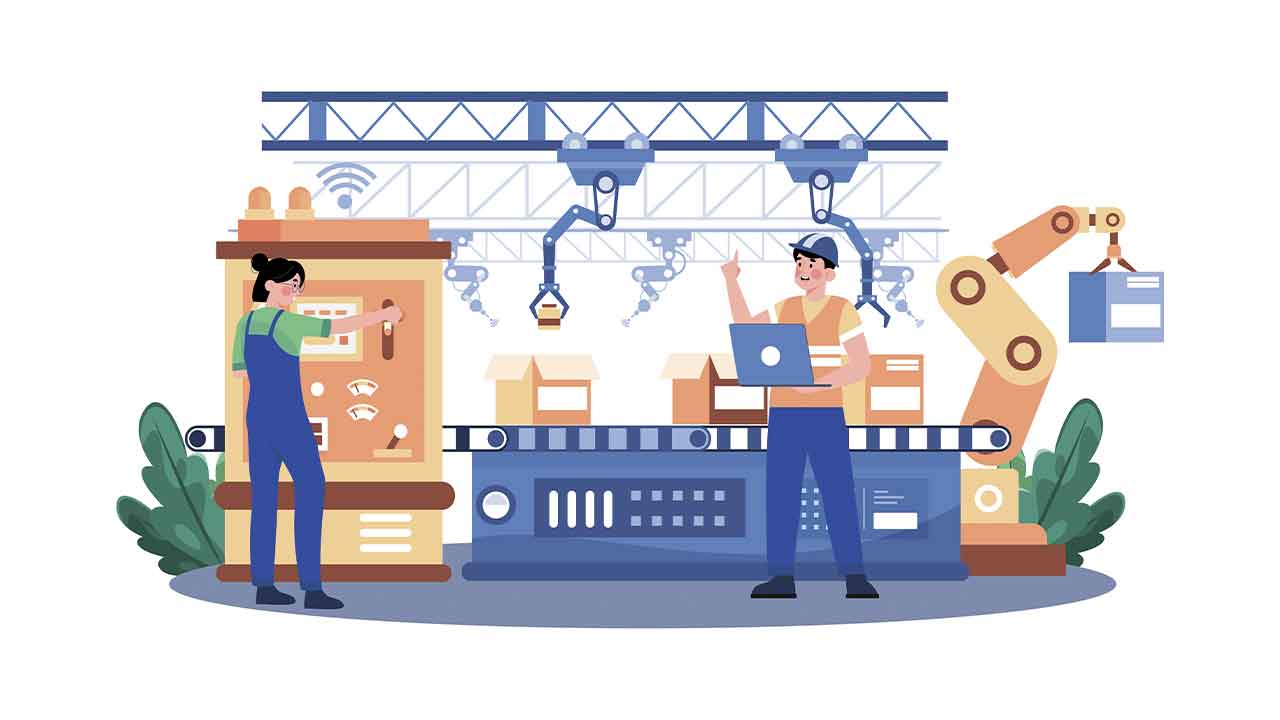Bridging the Data Gap: The Role of Industrial DataOps in Digital Transformation
In the evolving manufacturing landscape, the challenge of integrating and contextualizing data is more pressing than ever. As industrial systems become increasingly digitized, effective data management strategies are paramount. Industrial DataOps is emerging as a critical solution, facilitating the seamless flow of data across various systems and enhancing decision-making processes.
Understanding Industrial DataOps
Industrial DataOps applies the principles of DataOps, a methodology originally developed in IT, to the unique challenges of the industrial sector. The goal is to enable the efficient movement of data between IT systems and industrial operations at scale. This involves creating a robust infrastructure that merges, models, and contextualizes data, ensuring it is meaningful and actionable for users on the shop floor.
One of the main issues faced by organizations is the lack of context in industrial data. Unlike IT systems, where data is typically well-defined and structured, data from industrial environments often lacks the necessary context to be useful. For example, a temperature reading from a manufacturing machine might be labeled simply as “temperature sensor 1,” leaving operators to guess its relevance without proper identification. This lack of contextualization—when applied to thousands of data points across multiple facilities— Is a major barrier to advanced analytics and digitalization programs.
The Importance of Contextualization
To illustrate the importance of contextualization, consider the analogy of a smart thermostat. When connected to the Internet, these devices provide clear, contextual information about temperature readings in a household. In contrast, industrial systems often struggle with similar contextualization, which can hinder effective data analysis and decision-making.
By implementing Industrial DataOps, organizations can address this gap by contextualizing data as close to the source as possible—ideally at the edge of the network. This approach empowers operators who have tribal knowledge of the data and its sources to deliver ready-to-use data to IT and line of business users in their organization. Decisions become faster and more informed. The ultimate goal is to transform raw data into valuable insights that drive operational improvements.
Bridging the IT and OT Divide
A significant challenge in the industrial sector is the divide between IT and OT (Operational Technology). Historically, these departments have operated in silos, leading to inefficiencies and miscommunication. The introduction of Industrial DataOps can help bridge this divide by providing tools that meet the needs of both IT and OT professionals.
For example, organizations can foster collaboration between departments by using a unified interface that offers features familiar to OT teams while also integrating seamlessly with existing IT infrastructure. This can lead to more successful data-driven initiatives, as both teams can work together to understand and utilize the data generated from industrial processes.
Empowering Innovation through Data
As organizations adopt Industrial DataOps, they unlock the potential for rapid innovation. With a solid data management framework in place, OT teams can easily explore new use cases and validate hypotheses. For example, operators can quickly gather data, analyze it, and implement changes without lengthy delays if they notice a correlation between equipment performance and specific variables.
Real-world use cases, such as monitoring autonomous guided vehicles (AGVs) in manufacturing settings, highlight the effectiveness of this approach. Organizations can minimize downtime and improve overall operational efficiency by contextualizing data from AGVs and providing operators with insights when vehicles are stuck. The ability to scale these solutions across multiple facilities amplifies their impact.
The Road Ahead: Embracing Change
As we look to the future of manufacturing, the role of Industrial DataOps will only become more critical. Organizations must continue to evolve their data strategies to keep pace with technological advancements and industry demands. By embracing a culture of collaboration and investing in the right tools, businesses can ensure they are well-equipped to navigate the complexities of the modern industrial landscape.
The interview was recorded by Greg Orloff from IIoT World and Aron Semle, CTO of Highbyte. This summary was created based on the video transcript with the assistance of https://chat.openai.com. It was edited by the IIoT World team.


